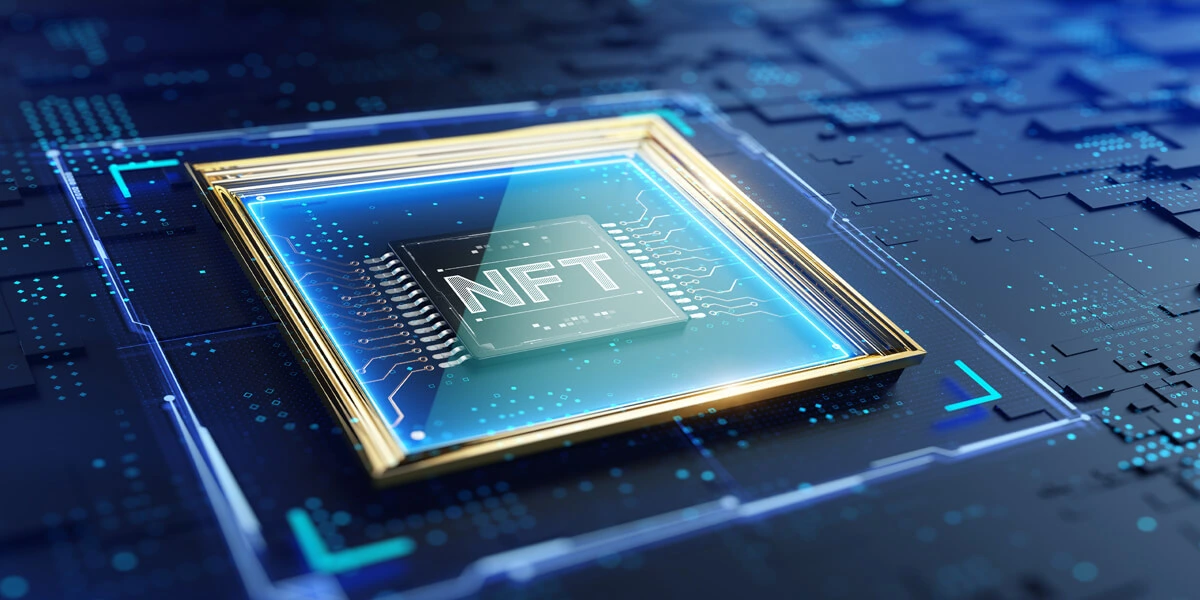Global blood plasma products market: Growth drivers, challenges, and key trends

Technological advancements have propelled the expansion of the global blood plasma product market. Surging demand for immunoglobulin and a growing geriatric population with chronic illnesses are key factors in driving its growth. At this pace, Netscribes expects the market to be worth USD 28.5 billion by 2023. In terms of product types, the immunoglobulin market had the largest market share in 2018 while in terms of end-users, the hospital segment dominated the market in the same year. Here’s a deeper understanding of the factors accelerating as well as inhibiting the market growth of global blood plasma products.
Growth drivers
In the new-age global market, burgeoning opportunities for international business expansion coincide with the complexity of diverse consumer preferences. Cultural variables, including values and norms, significantly influence consumer behavior. For instance, distinctions between collectivist and individualist cultures manifest in varied priorities. Collectivist cultures tend to place more emphasis on group harmony and social approval, while individualist cultures tend to emphasize personal independence and self-expression.
Rising demand of Immunoglobulin
Immunodeficiency can be attributed to many chronic illnesses. Immunoglobulin which is an essential part of plasma protein is used to treat these types of diseases. Primary Immune Deficiencies (PID), Chronic Inflammatory Demyelinating Polyneuropathy (CIDP), and Guillain-Barre Syndrome (GBS) are a few examples of common immunodeficiency conditions.
According to WHO, out of 250,000 people diagnosed with PID in the USA in 2017, approximately 125,000 receive monthly infusions of immunoglobulins and it is estimated that over 300,000 patients worldwide receive monthly immunoglobulins infusions for PID. A rise in chronic conditions and an increase in the demand for immunoglobulin drive the growth of the blood plasma products market.
No substitutes for plasma in the treatment of rare diseases
There are no substitutes for plasma in the medical treatment of rare diseases like Hemophilia and primary immune deficiencies (PID). Many treatments are so plasma dependent that they need millions of litres of it every year. Example: Hemophilia, a genetic bleeding disorder, requires the yield of as many as 1,200 donations. Thus, the market is thriving because there lack of a plasma substitute and a demand for it in enormous volumes.
Rise in geriatric population
WHO estimates that the global population of over 60 years will nearly double from 12% to 22% between 2015 and 2050 and 80% of the aging population will be living in low or middle-income countries in 2050. The increase in the aging population worldwide, might trigger a spike in diseases that require plasma therapy. Thus, a rise in geriatric population will expedite the growth of the market.
Market challenges
High cost associated with plasma therapy
Plasma therapy involves staggering costs, along with complex processes to collect plasma and a large workforce. Cost of plasmapheresis equipment, complex logistics, strict regulations, and donor compensation are the major components of these expenses. The annual cost of therapy using plasma products may exceed USD 200,000 for a patient. Thus, the high cost associated with plasma therapy may encumber market growth.
Infectious risks associated with plasma products
Human blood can be contaminated with infectious agents such as bacteria and viruses. The latest technologies have been highly successful in screening tests of plasma donors, however infinitesimally minuscule agents such as prion and viruses may not be detected during the filtration process, making room for serious concerns. According to WHO, it was estimated that there are frequencies of 1 in 2.3 million for HIV and 1 in 620,000 for HCV for Europe. Thus, an infectious risk may impact the market growth of blood plasma products.
Barriers in operating plasma fractionation plants in developing countries
Operating plasma fractionation plants in developing countries like Brazil or SAARC regions is a very complex task because they have not yet mastered this technology. These regions also have a low rate of blood donation and are dependent only on recovered plasma, as source plasma collection for plasma fractionation is not included in the regulatory guidelines. The barrier in operating plasma fractionation plants may limit the production of plasma products and thus, hinder the market growth.
Key trends
New products fractionated from plasma
In the last ten years, there has been no new plasma protein introduced in the market. More than 2,000 plasma proteins exist in plasma but only 15-20 are commercialized which leaves the potential to explore new proteins for commercialization. Some of the examples are Kedrion and Prometic that co-developed plasminogen which is in its late-stage of development. CSL Behring is also focusing on exploring high-density lipoprotein from plasma. Thus, additional proteins will also benefit patients with safe and efficacious plasma therapies.
Rise in plasma collection technology
Information technology is vital in plasma collection. Donating more plasma than they are allowed could handle, can pose various risks to the donor’s health. To reduce such instances, a web-based database was developed that can handle the cross-donation checks online. For instance, Shire Plc introduced computer systems at plasma collection centers where the data accumulated from systems are used to assess the health of prospective donors and help them improve their plasma quality.
Use of dried plasma products
Dried plasma was used by the US forces during World War II, but was later discontinued because of a high probability of infections. In October 2018, the FDA clarified the policies on dried plasma products for blood transfusion, ranging from optimal sources of input plasma to submissions for devices used to manufacture these products. Hence, the use of dried plasma products is the new trend that can help the market grow in the coming years.
Read more: Global NGS library preparation market: Growth drivers, challenges, and key trends
For an in-depth market competitive analysis and technology research on the global blood plasma product market, contact info@netscribes.com.







